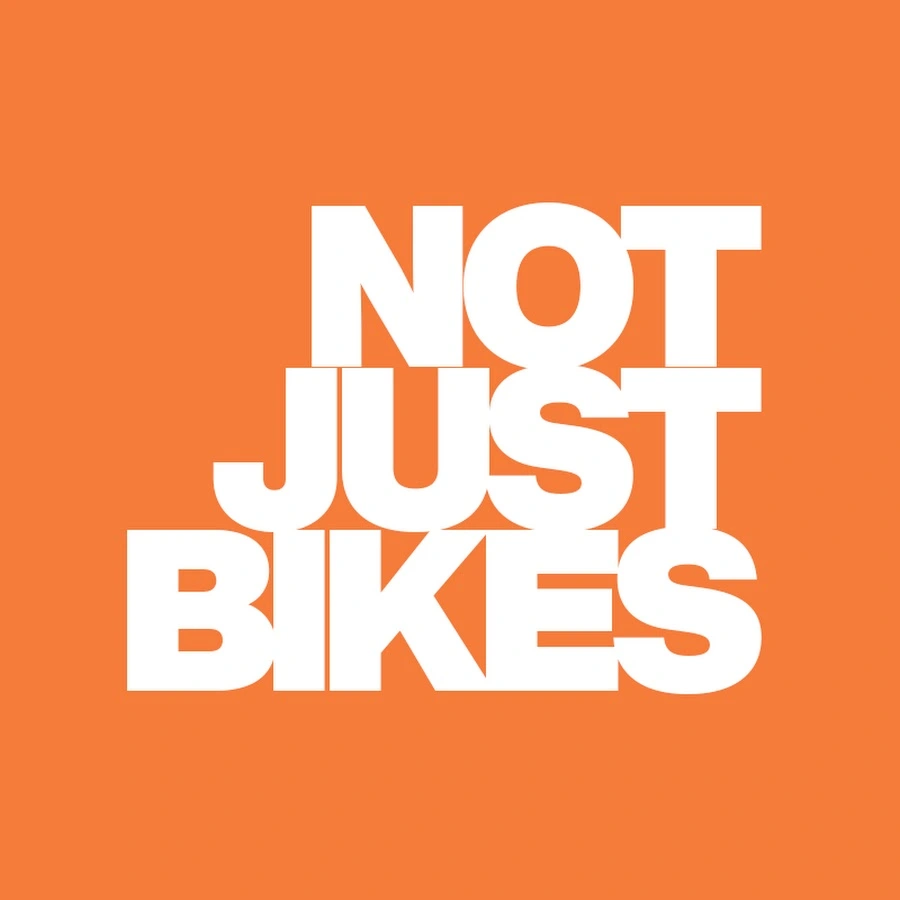- cross-posted to:
- [email protected]
- cross-posted to:
- [email protected]
Note: this is copy/pasted from my comment on the Nebula version. Time codes might be slightly off.
The stock clip used at 3:20 involving a driver unabashedly on their phone is brilliant.
The 5:45 clip of a dude in a bigfoot costume cycling through Tokyo was unexpected.
6:00 the self-shout-out had me laugh out loud.
The idea of lowering local street speed limits not actually making your trip take much longer is so true. Brisbane-based cycling safety advocate Chris Cox has a video where he gives a demonstration. He drives the same route twice, once sticking to 30 km/h on the local streets, and once trying his best to get up to the speed limit of 50 km/h on those streets. (Driving to the predominantly 60 km/h speed limit on arterial roads.) The video on the whole is actually incredibly similar to this one, down to the safety/speed curve, the FOV comparisons, and the dismissal of the ridiculous arguments against 30 km/h. Because yeah, Jason’s words in the conclusion to this video are so right: the data is really, really, really clear here; at some point we have to realise that anybody fighting against lower speed limits within cities is either wilfully ignorant or they’re a selfish arsehole who values their convenience more than other people’s safety. But here’s a timestamped link to the bit of Chris’s video where he starts his experiment. It took a whopping 9 extra seconds. 9 seconds, on a 10 minute journey.
Here is an alternative Piped link(s):
But here’s a timestamped link to the bit of Chris’s video where he starts his experiment.
Piped is a privacy-respecting open-source alternative frontend to YouTube.
I’m open-source; check me out at GitHub.
Towards the end of the video he addresses the point that the optimum speed of cars is around 60(or I thought it was 70).
This argument doesn’t apply here because that figure is for a car traveling at a constant speed on a straight, flat road with no wind. E.g. a freeway/motorway. In a city, a significant amount of the energy is used to speed up and slow down at intersections.
Remember the kinetic energy formula, Ek=1/2 mv^2 . That tells you that accelerating a car to twice the speed takes 4 times the energy, or in other words it takes 4 times as much fuel to get to 60 as it does to get to 30.
This extra energy to get up to speed is going to far outweigh any benefit from less rolling resistance at 60 compared to 30.
Ek=1/2 mv^2
fwiw, Lemmy actually supports both subscript and superscript, though the syntax is a little weird if you’re used to Reddit.
~text~is subscript,^text^is superscript. (Unfortunately support on mobile clients—even Jerboa, made by the official Lemmy devs—is rather lacking.)Ek=1/2mv2
But yeah, that’s a really good point. I wonder how long you’d have to be travelling at 60 km/h to make that extra acceleration worth it in terms of fuel efficiency.
As a separate question: people would probably often be willing to sacrifice their fuel efficiency if it meant substantially shorter travel times. I wonder how much this would actually work. On highways it’s definitely going to be a huge factor, but on the sorts of inner-city stroads that are usually posted at 60 km/h, I suspect you’ll probably arrive at most of the same red lights accelerating up to 40 km/h as someone getting all the way up to 60 would. Would be an interesting experiment to conduct.
Here is an alternative Piped link(s):
https://piped.video/watch?v=JRbnBc-97Ps
Piped is a privacy-respecting open-source alternative frontend to YouTube.
I’m open-source; check me out at GitHub.
Watched it, liked it, mostly agreed with it.
I myself come from a background in network security which maybe colors my thinking, but there is a sort of quirk/feature that nobody ever argues for less security, only more. Basically this means you are always at the intersection of usability and and security. It is, however, usually clear what “usability” means in a given context.
So the question that lingers in my mind is this: how do you find the sweet spot for roads? The video says, and I agree, that people putting their convenience above the safety of others is an asshole. But how do you avoid the reducto ad absurdum that is mentioned AND THEN TOSSED OUT WITHOUT COMMENT where further decreasing speed always increases safety by some margin?
Where is the Pareto optimal point and how do you find it? If everyone goes 5kph, one guy a year is going to die. Are we really just trying to find maximum throughput per person per unit space? Is it maximal throughout with minimal infrastructure? What is the actual problem (generally) to solve here? There’s discussion AROUND the topic (about 2/3 through the video) but it’s all special case. Would be easier if there was a theme besides “hey go slower asshole”.
I don’t think he tossed it out completely without comment. He simply pointed to the graph and said (or at least implied) “yeah you can keep decreasing it if you drop speed further, but this is the point at which it seems the return on investment starts significantly decreasing”.
I get the impression from your comment that this is the first NJB video you’ve come across. It might seem strange in that context. But this is one piece in a large history of discussing what makes good road safety, urban infrastructure, and city planning. For example, one thing that he didn’t really discuss in this video but has mentioned many times before is how the most effective way to slow down drivers is actually not just lowering the speed limit, but changing the design of the road to make drivers feel unsafe driving at higher speeds. Things like objects near the side of the road, narrowing the road, making it less straight, making corners at intersections sharp right angles rather than smooth curves, etc. And this video doesn’t talk at all about the importance of infrastructure that encourages cycling outside of merely lower speed cars.
The “goal” is…complicated. Because there are a whole bunch of different factors that reinforce each other in a virtuous way. Safety, happiness, health, economics. Good urban design is good for all of them and more. Even just lowering the speed limit increases the safety for cyclists, which increases the rate of cycling, which is good for health, environment, government budget, and small businesses’ bottom lines.
I’ll need to watch this one!
Removed by mod
I don’t understand what this is meant to be. And the links are definitely not helping.
Asking what is Tournesol ?
It’s a tool that gathers users (registered on Tournesol’s website) opinion about videos about quality of information and others metrics, and from that get a score that meant to be representative to how much the video is to be recommended or not (according to given users metrics)
The sunflower score is that aggregated community opinion, as a value in a range from -100 to +100 (positive values are “Good” videos, and negative are “Bad” ones). The score also depends on the “certainty” of the value: If not a lot of users, or only untrusted users have evaluated it, sunflower score will not get as high as if it was compared by a lot of trusted people.
Also to get an idea, the current most recommended English video on Tournesol have a score of 59🌻.According to that, this video having a score of 28🌻, that means that this video is recommended by the most of Tournesol’s community who have watched it. We may expect the information given in this video to be trustworthy, and not to contain dangerous content (like hate, racism, sexism…)
I hope I helped; if you want more (or less ?) detail, please tell me, I’ll do my best (as I’m only a member of Tournesol community, I’m not part of the non-profit org)




